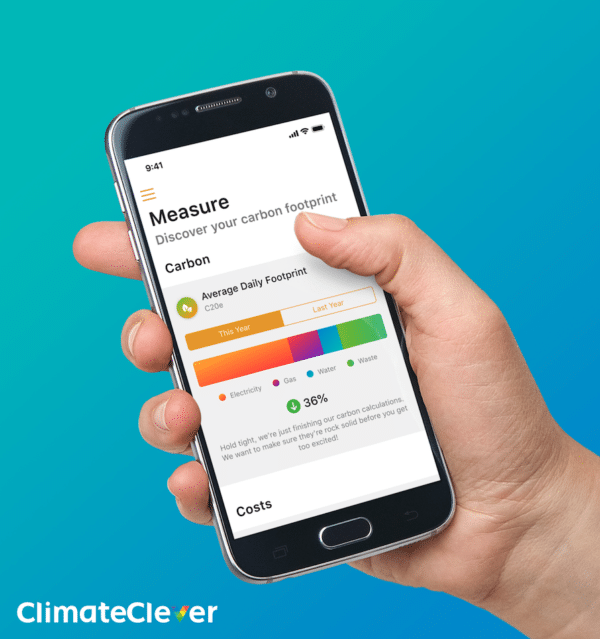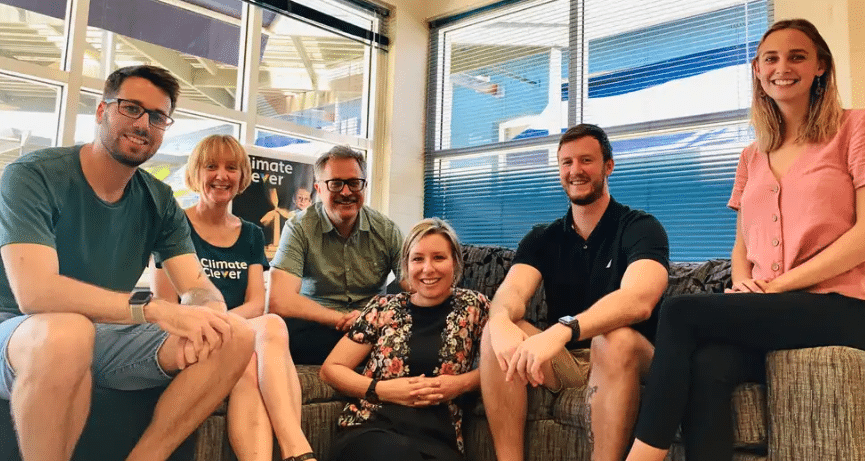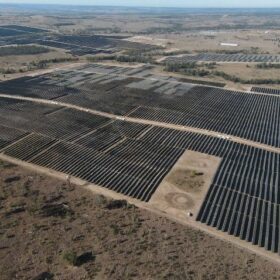It was 2012 when Vanessa Rauland, who was doing her PhD at the time, volunteered to help her local South Fremantle High School become Australia’s first carbon neutral school. The experience, which was complicated and would have been extremely costly had it not involved volunteers, became the seed for what would go on to become the ClimateClever app. “We saw the opportunity to simplify the process and make it more affordable,” Rauland told pv magazine Australia.
“Right from the start, I was really motivated by the clear opportunity that schools had to influence their communities through students taking their sustainability and ‘low carbon’ knowledge home and educating, upskilling and empowering their families to become more resource efficient and sustainable at home.
“There’s no denying that we need much stronger policies, regulations and climate action at the national level. But what is definitely clear, is that the local level is where real and quick climate action is being taken,” Rauland said.
While its genesis was schools, ClimateClever has gone on to develop an app specifically aimed at households and on February 1, will launch its business-oriented app. With arguably more incentive and obligation, businesses – especially big business – have come under increasing pressure to adopt strong climate targets. Designed to take businesses on the journey from measurement to implementation, ClimateClever’s business app allows companies to both measure their carbon footprint from a variety of sources and understand how to reduce it by choosing actions from a growing database of low carbon actions that have been added by the community.

ClimateClever
ClimateClever is hardly alone in that offering today though. Thanks to global climate strikes and a dramatic upswing in climate-change induced natural disasters, like the Black Summer bushfires, Australia’s cognisance and footprint calculation app scene today is very different than it was when the inspiration first struck Rauland in 2012. Yet while there are a now a number of emission-calculating platform, many of these, Rauland laments, are often frustratingly inaccurate.
“Having worked in the field of climate change and climate policy for over 10 years as an academic, I personally take the view that we don’t have the time and luxury of estimating anymore.”
With the list of possible carbon emissions sources as long as a piece of string, Rauland and the ClimateClever team have opted to focus on the main sources of emissions which can be accurately calculated, such as emissions from electricity, gas, water and waste. It is also in the process of adding flights and vehicles, and is hoping to one day be able to include food – though Rauland is waiting until there is an accurate way of capturing that data.
Pandering to human’s competitive streak, the app also allows users – be they schools, businesses or individuals – to compare their footprints. “This can be highly motivating, so we thought, why not encourage some healthy competition amongst our ClimateClever community?!”
Competitive streak aside, what Rauland found initially when the ClimateClever schools program launched in 2018 was a dearth of knowledge as to what’s normal. “Most schools had no idea how they were performing, let along how others were. By providing them with the ability to compare data, it helped them to identify where they were doing poorly, as well as discover the reasons for it.” Be they water or gas leaks, unhelpful behaviours like setting air conditioning temperature too low, or simply having more appliances than the average, comparison gives users a ballpark understanding. “Even at the household level, I often hear people saying ‘but isn’t five TV’s in the house normal?’”
Ultimately, Rauland wants to create through ClimateClever a network of climate champions who are able to see how much money they’re saving alongside their righteous planet saving.
The response to the apps, Rauland says, has blown the small Fremantle-based team away. Since launching its national schools app in 2018 following a ‘low tech’ excel-driven pilot, ClimateClever has partnered with a number of WA city councils, Curtin University, and many schools across Australia. “One of the things we often hear from our new users is around how easy it is to reduce your footprint without significantly affecting your lifestyle or investing a huge amount of money.”
“I know as individuals, we sometimes feel powerless and that as one person, we don’t make a difference. But collectively, our actions can be very powerful.
“By collecting the aggregated data, we can show the massive impact we can have when we work together. Plus, the more empowered and ‘climate’ aware a community is, the more likely they are to put greater pressure on our other levels of government to do the same.”
This content is protected by copyright and may not be reused. If you want to cooperate with us and would like to reuse some of our content, please contact: editors@pv-magazine.com.








By submitting this form you agree to pv magazine using your data for the purposes of publishing your comment.
Your personal data will only be disclosed or otherwise transmitted to third parties for the purposes of spam filtering or if this is necessary for technical maintenance of the website. Any other transfer to third parties will not take place unless this is justified on the basis of applicable data protection regulations or if pv magazine is legally obliged to do so.
You may revoke this consent at any time with effect for the future, in which case your personal data will be deleted immediately. Otherwise, your data will be deleted if pv magazine has processed your request or the purpose of data storage is fulfilled.
Further information on data privacy can be found in our Data Protection Policy.